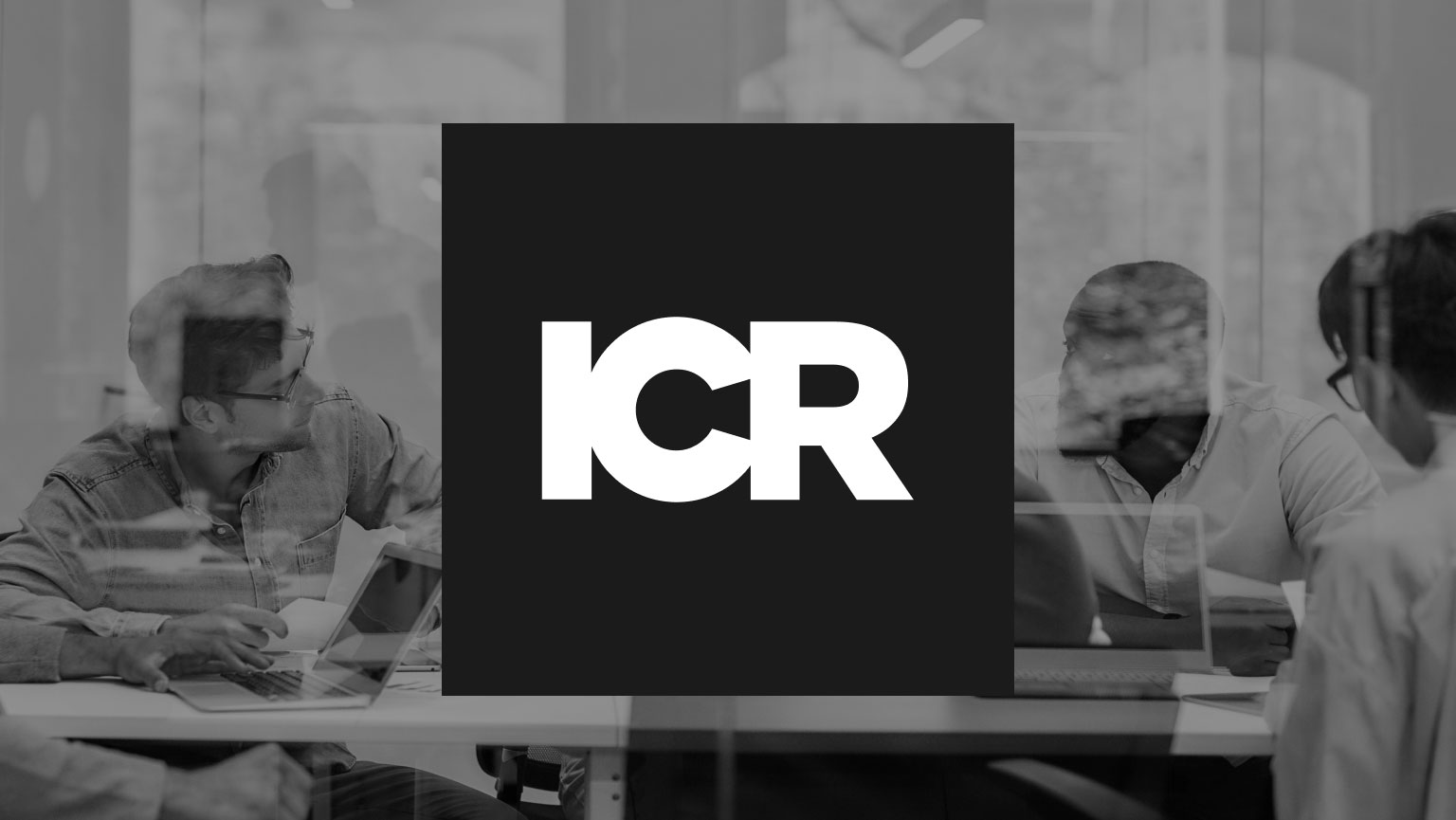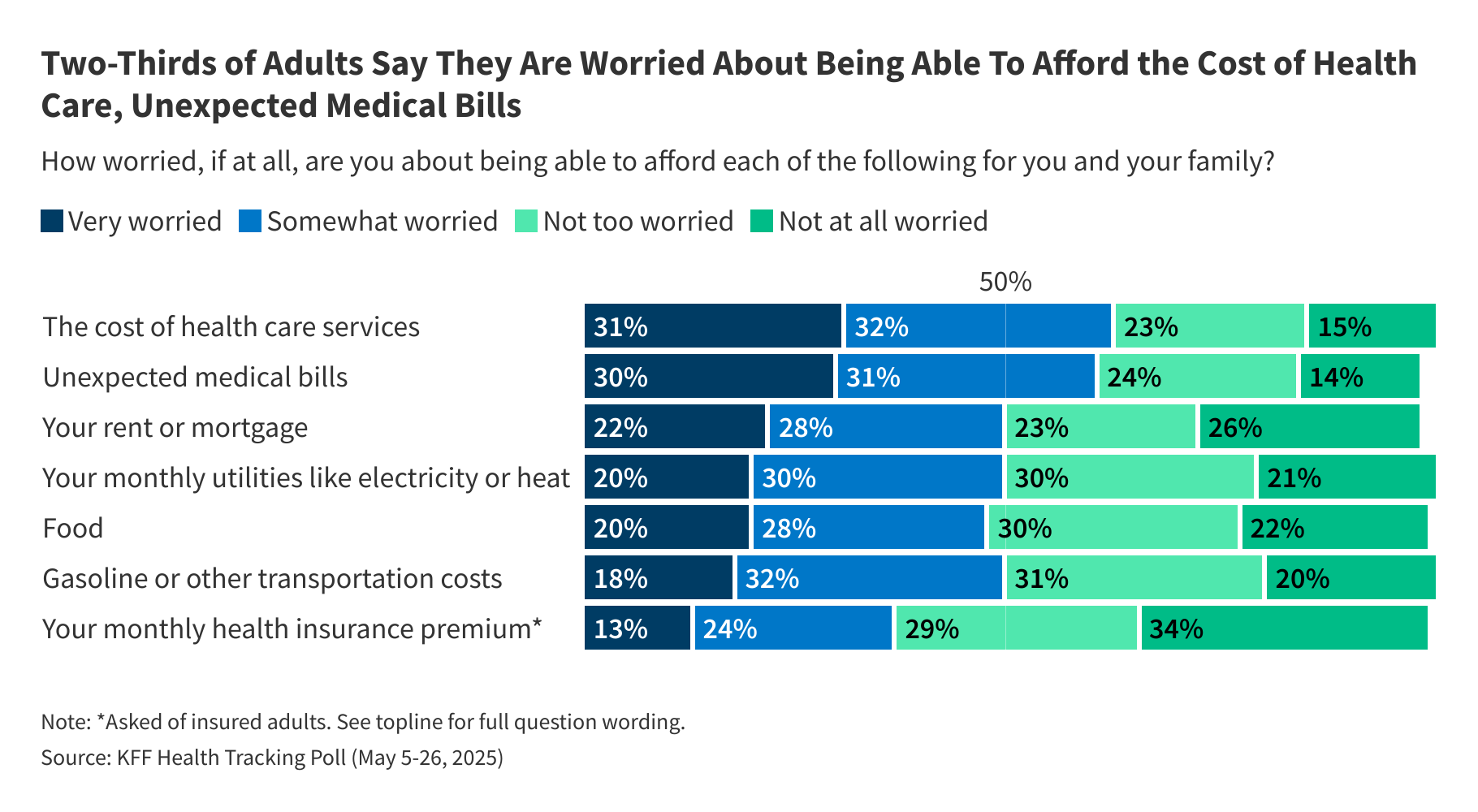According to Experian Health’s State of Patient Access Survey 2024, eight in ten healthcare providers plan to invest in patient access improvements soon. As they weigh up the pros and cons of different solutions, many will focus on two key areas: making scheduling and registration easier for patients, and streamlining financial processes to boost their profitability. This blog post examines how automated patient access solutions can help providers meet patient expectations and operational demands.
Survey snapshot: what do patients want?
Experian Health’s annual State of Patient Access surveys are useful pulse checks on patient perceptions. What do patients find challenging about accessing care? Where are they bumping up against unnecessary friction?
The 2024 survey offers a promising outlook: 28% of patients report improvements in access in the last year, up from just 17% in 2023. Still, there is room for improvement: patients’ biggest challenge – seeing a practitioner quickly – has topped the list for the last four years. Other significant challenges include understanding the cost of care and scheduling appointments.
The State of Patient Access 2024 survey examines the perspectives from patients and providers on their perceptions of access to healthcare.
One key takeaway from the survey is the role of digital technology. Both patients and providers find complex, repetitive and inefficient processes to be the most problematic aspects of patient access – ideal targets for digital tools. Indeed, patients specifically express a desire for online health management tools, while more than half of providers attribute improvements in patient access to automated processes.
There’s a solid business case for investing in digital patient access solutions to ensure that patients see their doctors quickly and providers get paid without delay.
Patient access solutions can open the digital front door with online scheduling and registration
The first area where providers may consider investing in digital tools is in the patient’s first interactions with their facility. When patients can schedule appointments quickly and complete registration without boring and repetitive paperwork, they’re more likely to report a positive patient experience. Survey data backs this up:
- 89% of patients say the ability to schedule appointments any time, via online or mobile tools, is important to them
- 89% of patients say digital or paperless pre-registration is important to them.
Online self-scheduling gives patients 24/7 access to book, cancel, and reschedule appointments from any device. Based on scheduling rules, they’re shown the earliest suitable appointment, which means they’ll see their doctor as soon as possible. Patients can be sent automated reminders of upcoming appointments and health checks, which means show rates and health outcomes will be better. It also drastically reduces call volumes so staff can focus on other priorities.
Similarly, digital registration lets patients avoid the most dreaded part of patient intake: filling out lengthy forms in the waiting room. Automated registration also ensures that patients (specifically their data) are correctly entered into the system, preventing downstream delays.
With text-to-mobile registration, patients are sent a text message prompting them to scan their identity and insurance cards, which are then uploaded and validated against existing records. Securing correct information from the start lays the groundwork for the patient’s healthcare experience and the provider’s revenue cycle.
Interestingly, despite patient demand, self-scheduling and registration did not make the cut for providers’ top three priorities. This suggests an untapped opportunity for providers that choose to invest here.
Anthony Myers, Director of Patient Access at West Tennessee Healthcare, shares how their organization worked with Experian Health to accelerate and improve the registration process with Registration Accelerator.
Patient access solutions can streamline insurance, eligibility and estimates
A second opportunity lies in automating the patient access processes involved in revenue generation and claims submission. The revenue cycle is full of hidden costs for both patients and providers, often resulting from intake inefficiencies. Patients end up with bills that are higher than expected, while providers fall foul of changing payer requirements around prior authorizations and insurance eligibility verification, resulting in lost revenue. Improving upfront pricing estimates and clarifying insurance coverage ranked among the most urgent priorities for both groups in the survey.
A few patient access solutions that can help here include:
- Patient estimates: When patients know in advance how much their care will cost, they can plan better. Web-based and mobile-enabled price transparency tools generate accurate estimates based on chargemaster data, claims history, patient insurance details and payer contract terms, and even account for payment plans and prompt-pay discounts. This improves the patient experience and increases collection rates while easing the burden on staff.
- Insurance eligibility verification: Manual processes for verifying active coverage are time-consuming and error-prone, causing staff burnout and patient confusion. Automating insurance verification checks at the time of service gives everyone greater certainty and prevents payment delays and claim denials.
- Personalized payment plans: By using their own data, along with third-party datasets, providers can leverage automation to offer alternative payment plans to patients who cannot pay the full amount right away. For example, PatientSimple® assesses each patient’s propensity to pay and recommends the optimal financial plan that works for the patient’s unique circumstances. Patients can check estimates and compare pricing plans on the self-service portal, giving them more control over their bills.
These options promote financial sustainability by quickly identifying how much should be paid by which party and establishing processes to collect those amounts with minimal fuss. With ongoing staffing shortages, these time-saving tools are crucial for workforce resilience.
Integrate patient access solutions with Patient Access Curator
While providers may prioritize one of the above areas, the two are complementary: efficient scheduling and registration lead to better patient flow and accurate data collection, accelerating insurance and eligibility verification. This is more likely with an integrated “tech stack” across the whole patient access workflow.
However, integration is a challenge for many providers. Nearly a quarter report that their biggest challenge in patient access is wrangling the multitude of tools needed to run pre-registration checks and gather the information necessary for claim submissions.
Experian Health’s newest patient access solution addresses this challenge by bringing together multiple insurance-related queries together into a single inquiry. With one click, Patient Access Curator automatically captures all relevant patient insurance data in less than 30 seconds. This includes:
- Eligibility verification, including billable secondary and tertiary coverage, chaining and primacy
- Coordination of Benefits, analyzing payer responses in real-time using AI to ensure no active insurance is missed
- Medicare Beneficiary Identifiers, using AI, automation and analytics to check and correct patient identifiers
- Patient demographics, using in-memory analytics and proprietary algorithms to ensure contact details are current
- Coverage and financial status, including automatic checks to find any existing coverage for accounts marked as self-pay or unbillable, and generate a summary of each patient’s propensity to pay.
With over $1 billion saved in prevented denials by clients using Patient Access Curator, it’s clear that investing in digital technology is a cost-effective way to address current challenges in patient access. By increasing capacity and reducing errors and delays, these tools not only enhance financial performance, but give providers a head start when it comes to delivering an outstanding patient experience.
Learn more about how Experian Health’s patient access solutions accelerate access to care and streamline revenue generation from the start.
Publisher: Source link









